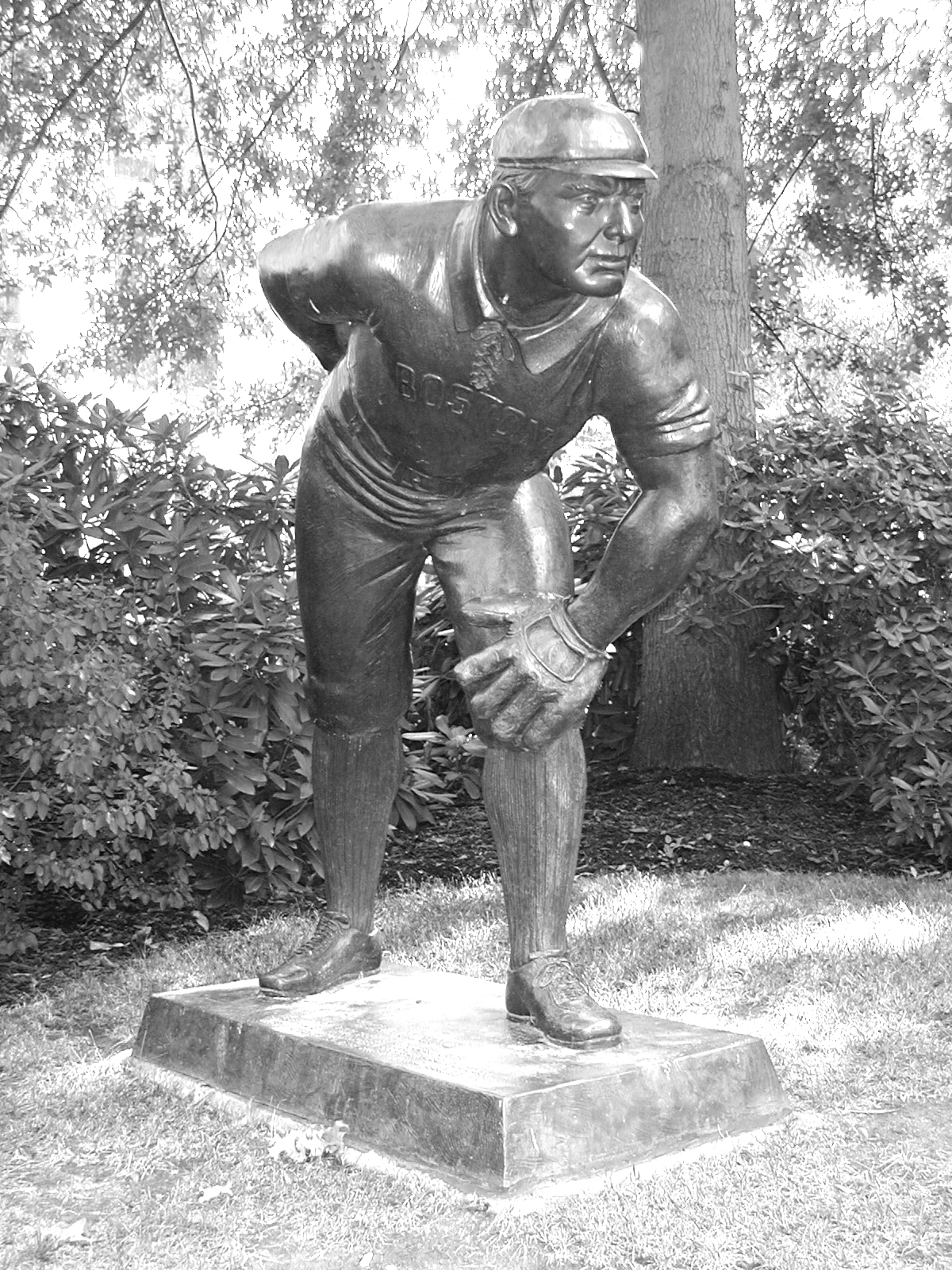
University Community Asked to Review NCAA Self-Study
From the Northeastern University Voice Faculty/Staff Newspaper
In mid-October, Northeastern University will release a draft of its National Collegiate Athletic Association (NCAA) certification self-study to the university community. A first cycle of this self-study took place five years ago, and the soon-to-be-released draft constitutes the second cycle.
Before presenting a final version of the second-cycle report to the NCAA in January, the Northeastern University Department of Athletics will first ask students, faculty, staff, alumni and trustees to review the draft in October and then offer feedback by early November. In a memo to the university community last April, President Richard Freeland wrote, “I both urge and welcome widespread interest and participation in this effort.”
The report focuses on four areas:
- governance and commitment to rules compliance;
- academic integrity;
- fiscal integrity;
- and equity, welfare and sportsmanship.
 At one time, Red Sox Hall of Fame hurler Cy Young pitched at the
At one time, Red Sox Hall of Fame hurler Cy Young pitched at the Huntington Avenue American League Baseball Grounds, which once sat on
part of today's Northeastern campus. The Cy Young statue, pictured here
supposedly stands upon the location of the Huntington Avenue Grounds'
pitching mound.
“The first cycle involved telling the NCAA how we did things, and what steps we would take to improve the student-athlete experience,” says Professor of Electrical and Computer Engineering Arvin Grabel, who also acts as the faculty athletics representative and chair of the self-study’s steering committee. “The NCAA instituted this accreditation to make sure that we understand the rules, that we meet the rules and what we would do to ensure rules compliance.”
After being certified without conditions – the highest rating possible – by the NCAA during the first cycle, Northeastern athletics and the NCAA established plans and strategies for minor improvements in gender equity, business practices, diversity plans and external audits.
“We were in good shape after the first cycle,” says Jody Mooradian, senior associate athletic director, “but as a result of the study, we were able to concentrate on these strategies for small improvements.”
As part of athletics’ ongoing self-study program, Northeastern agreed to invite an impartial, external party to conduct periodic compliance reviews, or audits. The NCAA was invited to campus in 1997, and America East Conference officials conducted a review in 2001. “At the time of our last certification, this type of report was encouraged, but now it’s a requirement,” says Trish Turley, assistant athletic director for compliance. “Now, America East will conduct a site review every three years, and the next scheduled visit is 2004.”
In order to achieve greater gender equity, Northeastern “added about 10 scholarships for female sports in the past five years,” according to Mooradian. “We’ve also really improved the experience of our female student-athletes by adding staff and improving locker rooms.”
As far as business practice improvement is concerned, Northeastern tightened control of its various athletic booster clubs, bringing all fundraising and accounting practices in-house. “We want to ensure that financial controls are in place by maintaining monthly oversight of the accounts,” says Todd Patulski, associate athletic director for business. “We feel very good about what we’re doing from a fiscal integrity standpoint, and the clubs understand that we’re just trying to do the right thing.”
On the diversity front, 20 percent of athletics staff and 22 percent of the student-athlete body now consists of people of color. With the assistance of the office of affirmative action and the center for the study of sport in society, athletics conducts periodic diversity workshops for students and staff.
“I know we’re one of the top two schools in America East as far as diversity is concerned,” notes Mooradian. “We’ve set up written plans for diversity awareness training for students and staff, and we monitor those on a yearly basis.”
The second, current cycle of this self-study is currently being conducted by a steering committee comprised of a wide cross-section of the Northeastern community. It will examine how well athletics has adhered to its own mission, the university’s mission, the NCAA’s operating principles and the conferences to which Northeastern belongs. It will also evaluate athletics’ current objectives, policies and procedures.
Once university feedback has been received, appropriate comments will be folded into the report and it will be delivered to the NCAA soon after the first of the year. Then, in May, a small group will make a certification visit to the Northeastern campus on behalf of the NCAA. Among those visitors will be a college president, an athletic director, a faculty athletics representative, a senior women’s athletics administrator and an NCAA employee.
“As much as we think we’re doing all the right things in athletics, there might be a better way, which is why we involve the entire Northeastern community in this process,” says Patulski. “When all is said and done, hopefully we’ve all learned a little bit and we’re better because of it.”
Post a comment